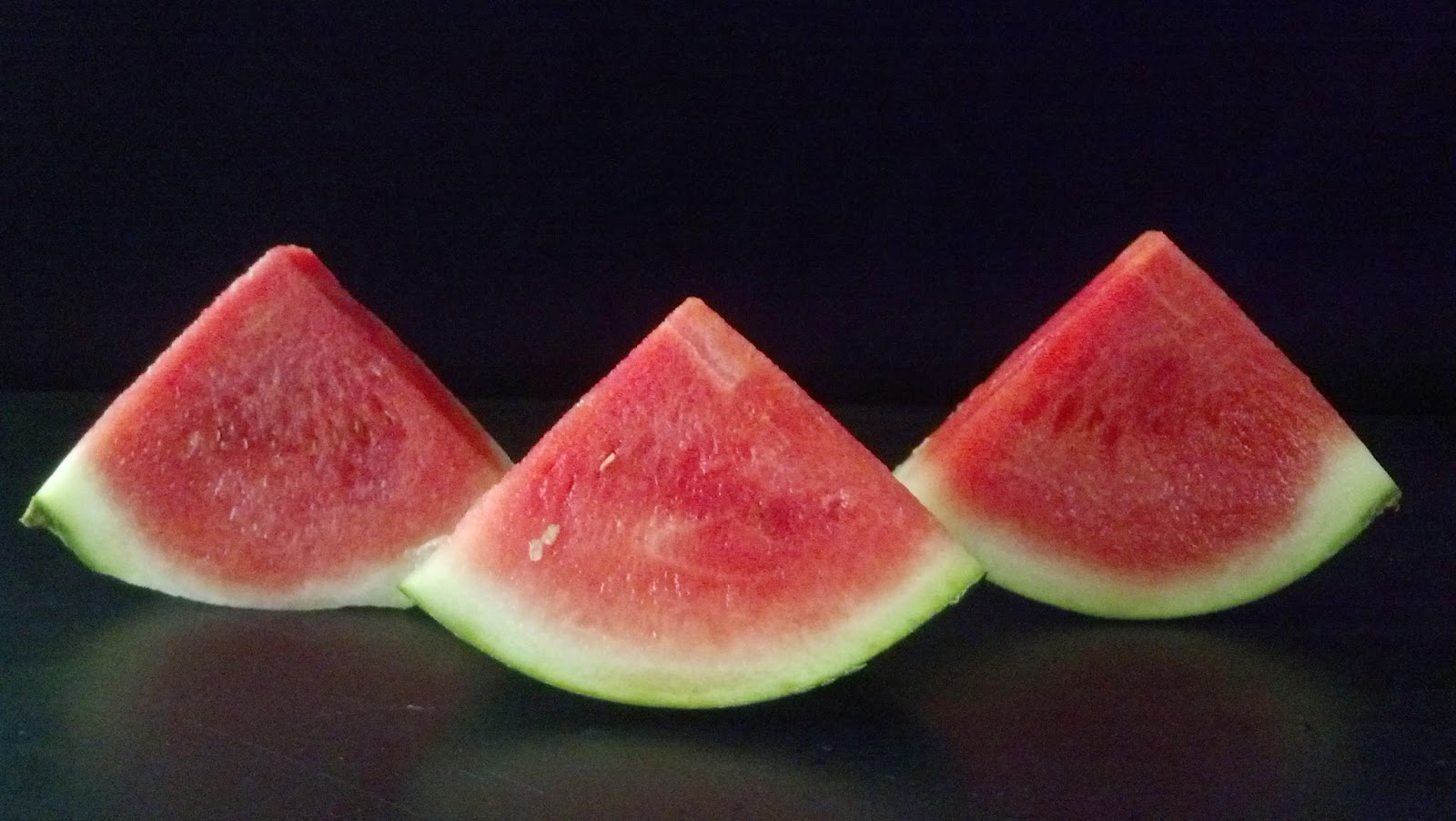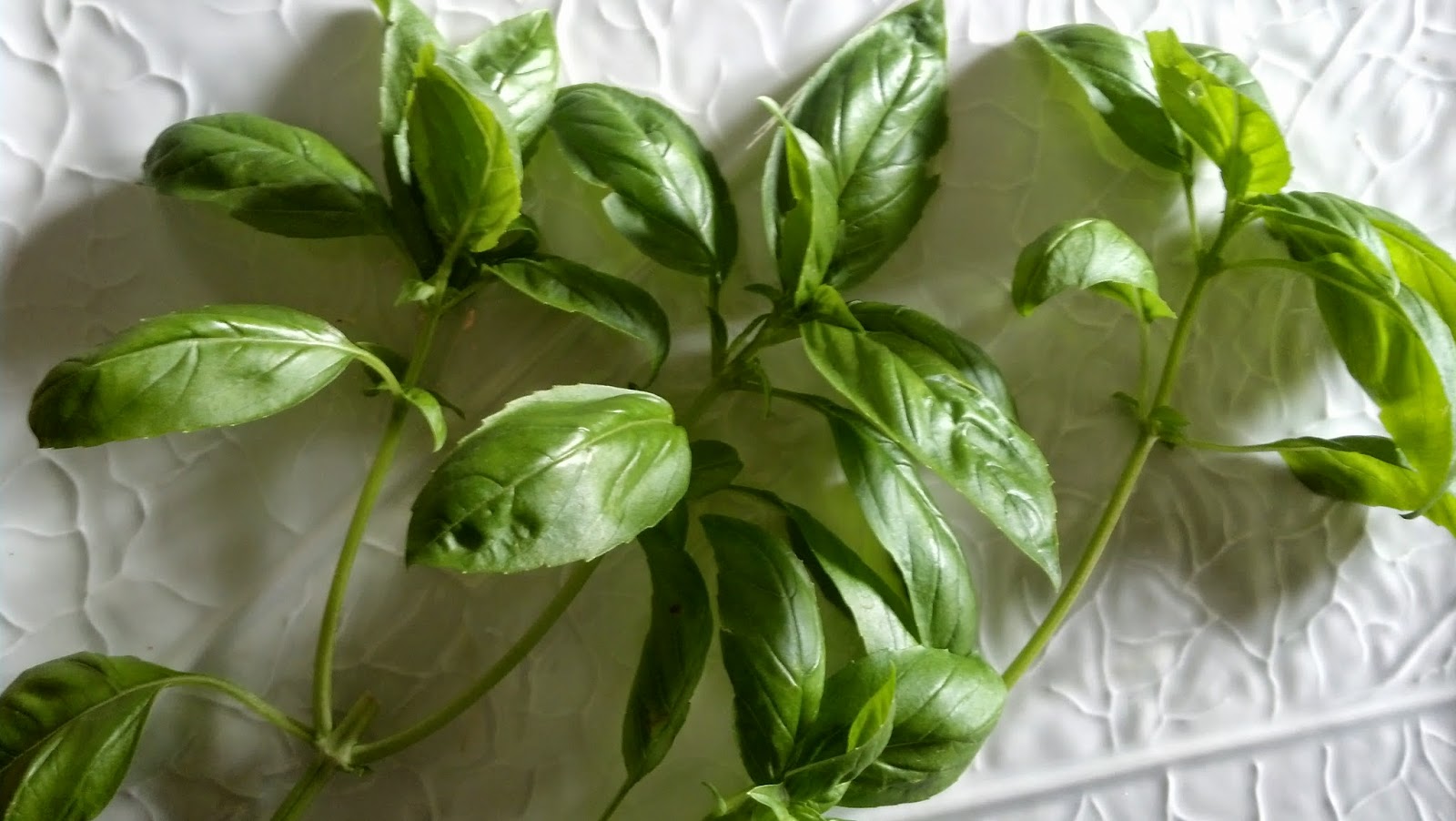
Growing up our Sunday dinners were not dinners at all. They were instead Sunday lunches as we usually ate somewhere between noon and one o'clock in the afternoon. There was very little waivering on the meal time start tradition, even on holidays. How my father managed to put together holiday dinners on the table by one in the afternoon remains a mystery to me. In retrospect, maybe this explains in part why we grew up having all meats served rare. I have absolutely no idea why we ate this early, however, nowadays anything served at that time of the day on a Sunday is usually a combination of breakfast and lunch. Sunday dinner has now moved to a meal served anytime after four o'clock, making for a great end to the weekend and an even better start to the hectic week ahead. It also has the added benefit of giving me more time to put something together and still have time to run errands, go to the health club or now that summer is here, get a little sun.
And for dinner this Sunday, I knew I wanted to make the
Grilled Chicken, a spinach salad with thinly sliced red onions, sugared pecans, and Point Reyes Blue Cheese tossed with a
Champagne Vinaigrette, and the
Blueberry Crisp served with Ben and Jerry's Vanilla Ice Cream. All tried and true things I had made before. In feeling a little adventurous and ambitious, I also wanted to make a few new things too. Like homemade onion rings, a couple of salsas, and Lemon Thyme Roasted Grapes. With dinner not until after five o'clock I had more than enough time to get all of this done and get a workout in at the health club.
Lately, I have been trying out new recipes for the first time when having friends for dinner. This is a rather significant shift for someone who has had an underlying desire to make and serve a perfect, memorable meal. While some of these risks aren't exactly meal deal breaker ones, not every one of the new recipes I make would score higher than a 5 or 6 on the mythic food rating scale of 1 to 10 I have created for myself. So when I tasted the Lemon Thyme Roasted Grapes I so wanted to declare they were a 10, a really really strong 10. Instead I am giving them a really, really strong 9 (too many 10s and one might begin to trust the judgment of this home cook, heck I would begin to trust my own judgment!).
I wasn't prepared for the Lemon Thyme Roasted Grapes served with some softened Delice de Bourgogne cheese
on a water cracker to be this good. I was simply roasting black seedless grapes. Yet, as we all know, simple can sometimes get a really bad wrap as the more complex, multi-/hard to find ingredient dishes seem to generate more culinary accolades or grace the covers of the food magazines (I too can be at times guilty of jumping on the complexity bandwagon). If there was ever the opportunity to reverse this trend, the Lemon Thyme Roasted Grapes should be the first recipe to change what we love, appreciate, and savor about food (and don't we all love and remember firsts?)

If roasting vegetables transforms and enhances their flavor, the roasting of black seedless grapes takes them to such a level of sweetness and deliciousness they should be put on the 'last meal' short list. If you have never tasted a roasted black grape before, it will be a memorable first, one you are not likely to ever forget. And one when experiencing for the second, third and hundredth time should only get better and better.
And if there was ever a reason to add white balsamic vinegar to your pantry, this would be 'the' one. The marinade for the grapes is simply extra-virgin olive oil, white balsamic vinegar, freshly squeezed lemon juice, salt, pepper and lemon thyme.
The black seedless grapes and all of the marinade are poured onto a heavy bottomed rimmed baking pan and baked in a preheated 425 degree oven for approximately 15 minutes. When the seedless black grapes lightly soften and, oh so, slightly shrivel, you know they are done.
Even though the cooking time on these grapes is relatively short, it is important to shake the pan several times during the baking process. This will ensure the grapes do not stick to as well as ensure all of the liquid does not completely solidify on the pan. The liquid on the pan and the liquid that will continue to ooze from the grapes is nothing short of 'liquid gold'.

The baked black seedless grapes should be put in the bowl or dish you plan to serve them on and then allowed to come to room temperature (or cool for at least an hour). Served warm or room temperature over a creamy cow's milk cheese on a water cracker and you have the most impressive, most 'like a party in your mouth', and best sweet/savory appetizer to begin a meal or to serve simply with wine or champagne. If I describe the Lemon Thyme Roasted Grapes as insanely or wickedly delicious, those words would only serve to give added oomph to my very, very strong 9 rating on the flavor scale. They do not, however, give you a sense of the incredible combination of flavors the creamy, melt in your mouth, mild, buttery flavor of the soft cow's milk cheese and the sweetness of the roasted black seedless grape served simply on a water cracker have on your palate. I suppose you will have to make the Lemon Thyme Roasted Grapes to experience for yourself how simplicity is able to disguise itself as complex.

To make this appetizer as memorable and delicious as possible, serve the Lemon Thyme Roasted (black seedless) Grapes with a great soft cow's milk cheese like Delice de Bourgogne. If you are unable to find this cheese, St. Andre, any double-cream Brie, or even a homemade ricotta would be great substitutes.
Recipe
Lemon Thyme Roasted Grapes
Ingredients
2 generous cups black seedless grapes
2 Tablespoons extra-virgin olive oil
2 Tablespoons white balsamic vinegar
Juice of a small lemon (3-4 Tablespoons)
2 teaspoons lemon thyme leaves plus additional thyme springs and leaves more for serving (If lemon thyme is not available, use regular thyme)
Pinch of sea salt
1/8 teaspoon freshly cracked pepper
Delice de Bourgogne cheese (or other creamy cow's milk or triple cream cheese) - Allowed to sit out at least 20 minutes before serving
Water crackers or whole wheat crackers (Carr's makes a great whole wheat cracker)
Directions
1. Preheat oven to 425 degrees F.
2. Mix grapes, extra-virgin olive oil, white balsamic vinegar, lemon juice, sea salt and pepper in medium sized bowl. Pour mixture over heavy bottomed rimmed baking pan.
3. Bake for approximately 15 minutes, shaking pan at least 4 times during baking.
4. Transfer roasted grapes and all pan juices into a serving dish.
5. Allow to come to room temperature before serving with a creamy good quality cheese and crackers
Hint: Make roasted grapes several hours before serving. Cover and keep at room temperature.

My herb garden these days is comprised of several different stone and antique containers. The front of the house gets full sun but the backyard is more shady than sunny so growing anything that thrives in full sun is a bit of a challenge. Over the years the large locust tree has been pruned (a little too much for my liking), however, there is now a little more sun to nurture the herbs and flowers. With regular watering, everything planted several weeks ago is (thankfully) thriving. Several weeks ago I received an email from the woman who owned the farmhouse I had rented out east. In it she shared the news that 'my herbs' were doing well. The email made me both wince and smile. Wince, because what I would do to have my hands on all of those herbs I had planted, herbs that thrived in the Rhode Island farm dirt and sun. The chives, the rosemary, the sage (oh the sage bush was huge), the oregano, the mint, and the different varieties of thyme flourished. Surprisingly they were never destroyed by my neighbor's chickens and the overprotective rooster who frequently wandered into my yard.
But I smiled as I read the words insinuating these herbs were 'mine', even though the house and the property it sat on were in her husband's family for more than eighty years. Odd as it may seem, it felt as if I too had lived a lifetime in that house, in that town (could there be such a thing as past lives?). Whatever it was that had me feeling connected to this house and the land it sat on, also had me taking care of it, planting those herbs, bushes and flowers that would continue to grow for years and years to come. I have always said and believed that houses 'talk'. This one wanted to be filled with antiques, surrounded by beautiful blue hydrangeas and its' gardens filled with herbs. I was happy I had the chance to listen and more importantly, to oblige. Maybe a part of my soul, part of spirit remains there, and maybe in a odd kind of way, those herbs really are still 'mine'. At least in my heart I know they always will be,
































.jpg)


























